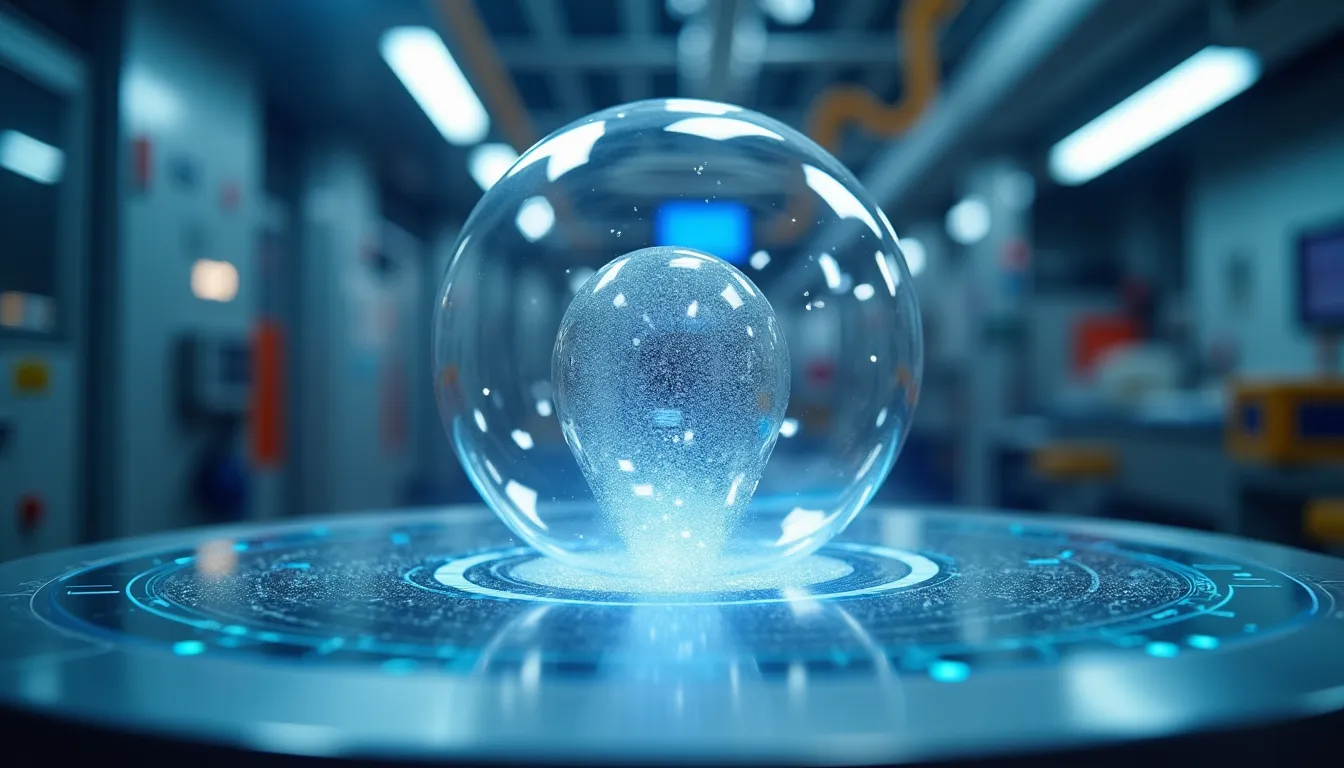Space Debris Removal: An Urgent Necessity
As humanity continues to expand its presence in space, the accumulation of space debris has become an increasingly pressing issue. With thousands of defunct satellites, spent rocket stages, and fragments from past collisions orbiting the Earth, the need for effective space debris removal technologies is more critical than ever. This article delves into the latest research and innovations aimed at addressing this growing problem.
Understanding the Threat of Space Debris
Space debris is defined as any non-functional spacecraft or satellite, as well as fragments from collisions and disintegration events. The European Space Agency (ESA) estimates there are over 34,000 pieces of debris larger than 10 cm, presenting a significant risk to operational satellites and the International Space Station (ISS). The potential for collision not only threatens the safety of these assets but also jeopardizes the future of satellite communication and space exploration.
Promising Technologies for Space Debris Removal
Recent advancements in space debris removal technologies include several innovative approaches:
1. Active Debris Removal (ADR) Systems
Active debris removal systems are designed to capture and deorbit large pieces of space debris. One of the leading concepts in this area is the use of robotic arms or nets to physically capture and redirect defunct satellites. For instance, the ClearSpace-1 mission, scheduled for launch in 2025, aims to capture a 100-kilogram piece of debris using a robotic arm, demonstrating the feasibility of ADR techniques.
2. Laser Systems
Another promising technology involves the use of ground-based or space-based lasers to nudge debris into lower orbits where they will eventually re-enter the Earth’s atmosphere and burn up. Researchers are exploring the potential of high-energy lasers that can interact with debris at a distance, providing a non-invasive method of debris management.
3. Electrodynamic Tethers
Electrodynamic tethers can be deployed from satellites to create drag on debris, helping to lower their orbits. This method harnesses the Earth’s magnetic field and the tether’s motion to generate electrical currents, which in turn create forces that can alter the trajectory of debris. Such solutions highlight the innovative use of existing technology to address the debris problem.
Industry Insights: The Role of Satellite Communication
The rise of satellite communication technologies has heightened awareness of the risks posed by space debris. As more satellites are deployed, particularly with the advent of mega-constellations like SpaceX’s Starlink, the potential for collision increases. According to Dr. Emily Chen, a space debris expert at the Massachusetts Institute of Technology, “The growth of satellite communication networks demands urgent action on space debris removal to protect both existing satellites and future missions. Without effective solutions, we risk losing critical infrastructure that supports global communications.”
The Importance of Navigation Systems
To complement space debris removal efforts, high-precision navigation systems play a vital role in tracking debris and ensuring safe satellite operations. Advanced navigation systems equipped with compact sensor modules can enhance the accuracy of tracking systems, allowing for better collision avoidance strategies. These systems enable operators to maneuver satellites safely around debris, thereby prolonging their operational lifespans.
Regulatory and Collaborative Efforts
The issue of space debris is not just a technological challenge; it also requires international collaboration and regulatory frameworks. Organizations like the United Nations Office for Outer Space Affairs (UNOOSA) are working to establish guidelines that promote sustainable practices in space exploration. Recent discussions have emphasized the importance of liability and responsibility among nations and private entities operating in space.
Future Developments in Space Debris Management
Looking ahead, the future of space debris removal will likely involve a mix of technological innovations and international cooperation. Companies such as Astroscale are pioneering efforts to develop systems that can service satellites in orbit, extending their lifespans and reducing the amount of debris generated.
Dr. Mark Thompson, CEO of Astroscale, stated, “Our mission is to create a future where space is accessible and sustainable for generations to come. Through innovative approaches to space debris removal, we can ensure that our exploration efforts do not compromise the safety of future missions.”
Conclusion: A Collective Responsibility
As the space industry continues to evolve, the collective responsibility for space debris management will become increasingly paramount. The integration of advanced technologies, such as high-precision navigation systems and innovative debris removal strategies, will be crucial in safeguarding the future of space exploration and satellite communication. By prioritizing space debris removal, we can protect the vast potential of outer space for future generations.
In summary, the path forward involves a combination of cutting-edge technology, international collaboration, and a commitment to sustainable practices in space. The successful removal of space debris is not just an engineering challenge; it is a necessity for the continued safety and viability of our ventures into the cosmos.



